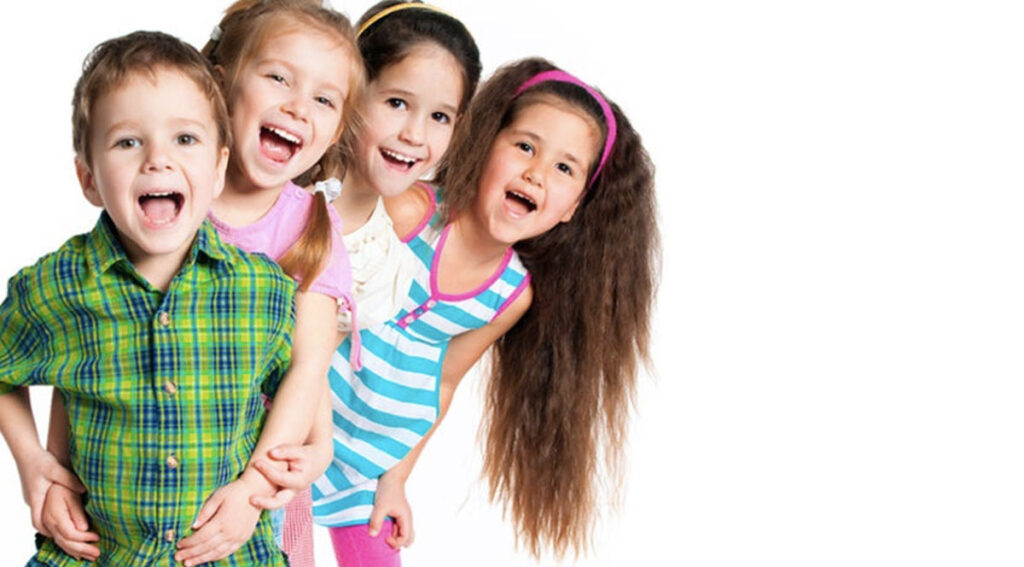Brief report on
Evaluation of Children’s Drawings for Ministry of State of Happiness Project
Written by: Dr. Amal Salim Al Halyan
HSE Advisor (Behavioural Change), ADCO
Members of Mental Health Worker Panel:
Dr. Amal Salim Al Halyan, HSE Advisor (Behavioural Change), ADCO
Dr. Eman AL – Amari. PhD. USA, Director of Art of Marriage and Family Therapy- AMFT-LLC, Clinical Psychologist, Public Health Practitioner. USA
Dr. Hussain Maseeh, Community Development Authority
Dr Nadia Taysir Dabbagh, Consultant Child & Adolescent Psychiatrist, MRCPsych (UK) – Rashid Hospital
DR.Khawla Ahmed ALmir, Consultant Psychiatrist -Psychiatry Department – Rashid Hospital
Dr Samia Abul, Consultant Psychiatrist -Psychiatry Department – Rashid Hospital & President of Emirates Society of Mental Health
Mrs. Nada Al Shehhi, Social Worker -Psychiatry Department – Rashid Hospital
Declaimer
The following report is written based on the evaluation of a panel of psychosocial experts in the UAE for selected number of children drawings (n=166), who participated in the Perception of Happiness Project organised by the Ministry of State of Happiness in the United Arab Emirates.
The evaluation is subjective to the impression of members of the panel and is not fully representative of what the child see or think happiness is.
The best reliable method of evaluation is by interviewing each child and ask them about the meaning of their drawings.
Therefore, the panel suggest that an empirical method would be involving interviewing children and collecting more social and psychological circumstances (e.g. ethnicity, school performance, family circumstances…etc.) in order to have better understanding of determinants of happiness for children in the UAE.
Introduction:
Drawings can be considered as a way of communicating with a child. This is the window to the child’s inner world that may reveal hidden feelings and ideas. Children draw what they perceive and understand, therefore, adults may find children drawings unrealistic. The best way to understand a drawing of child is by asking them about it. In other instances, a drawing is just a drawing, with no significance to what the child feels or thinks. Psychologists and art therapists are using art to evaluate the child’s cognitive and motor development and to know more about the child’s environment and his/her social relationship with family members.
Interpreting drawings must be exercised with cautious. Research suggests that symbols and colours used in children’s drawings may vary from a child to another based on their social upbringing, developmental stage and other emotional and cognitive influences.
Methodology:
The Ministry of State of Happiness organised a project that involves schoolchildren drawings. More than 2,000 drawings of children of both gender and from 1st to 6th grades were collected to conclude how children define happiness.
The Expert in Happiness Office randomly selected 200 artworks to be evaluated by a panel of mental health workers in the country, including psychiatrists, psychologists and a social worker. The panel reviewed the drawings only, and did not interview any of the children involved in this project. Therefore, the interpretation is based on a personal, subjective impression of the panel members.
Results:
Most of the colours used in these drawings were vivid, bright with bold lines that might be indicative of liveness and positive energy. There were recurring symbols (or themes) of how children perceive happiness such as:
- Nature (i.e. playing outdoor, enjoying the sun, the greenery, being out in the park with family or friends…etc.).
- Patriotism (i.e. being proud of national heritage, carrying UAE flag, being happy because they are living in the UAE, being happy because of having sense of security and safe…etc.)
- Personal (i.e. having sense of achievements, to be the best in everything, being successful, being optimistic and positive, reading, happiness from within…etc.)
- Social (i.e. living with family in UAE, playing with friends, having strong family ties…etc.).
Conclusion:
The panel concluded that this project could be cornerstone for future projects related to happiness of children in the UAE. Children similarly expressed what happiness mean to them; and the prominent themes noted were related to UAE traditions, religion and and other public interest purposed by His Highness Sheikh Mohammed bin Rashid Al Maktoum, the Vice President and Prime Minister, on being number one, achievement and reading.
In order to publish a scientific paper on determinants of happiness of children in the UAE, the panel suggest a systematic methodology in choosing the sample and obtaining further information related to the child, the family, the community and school.



